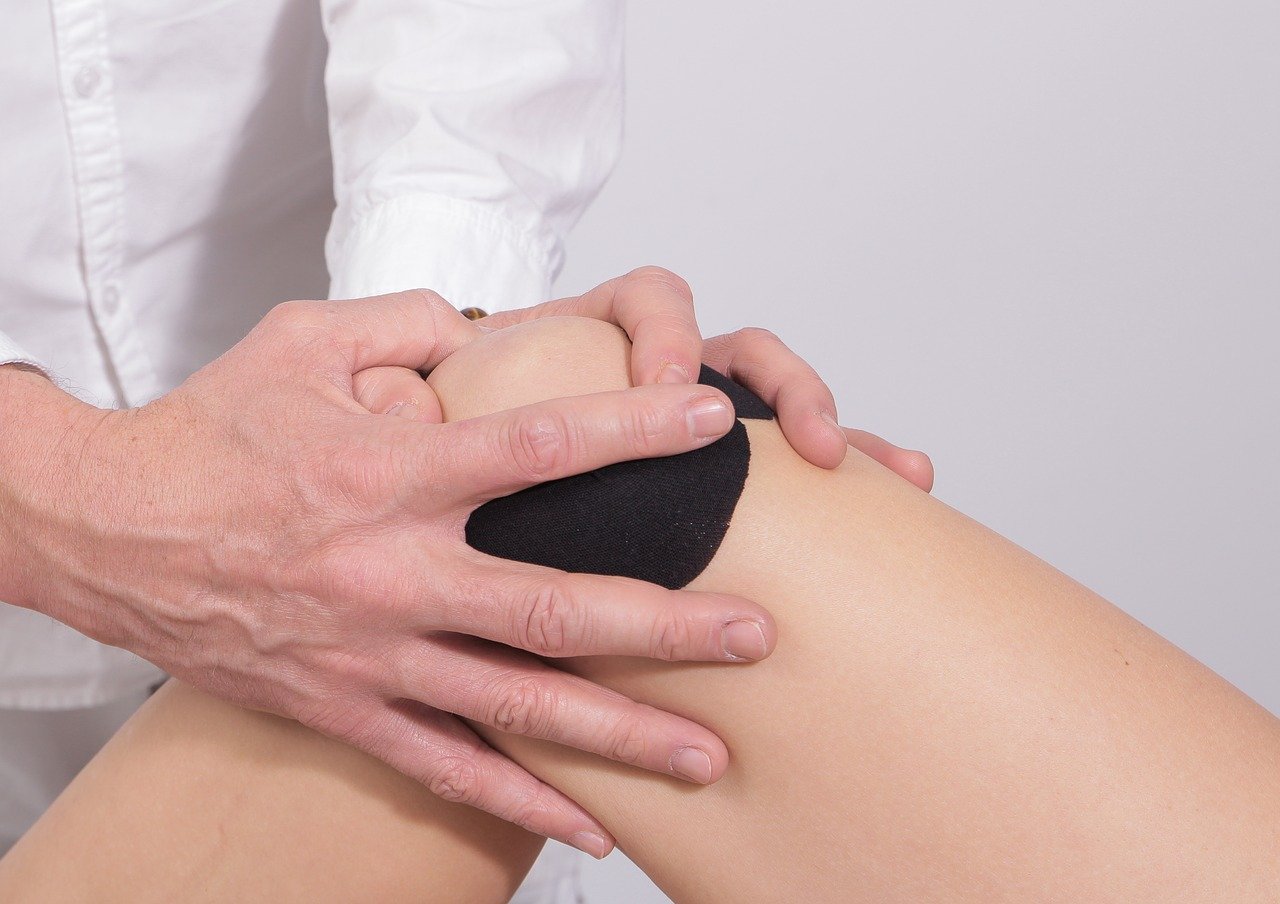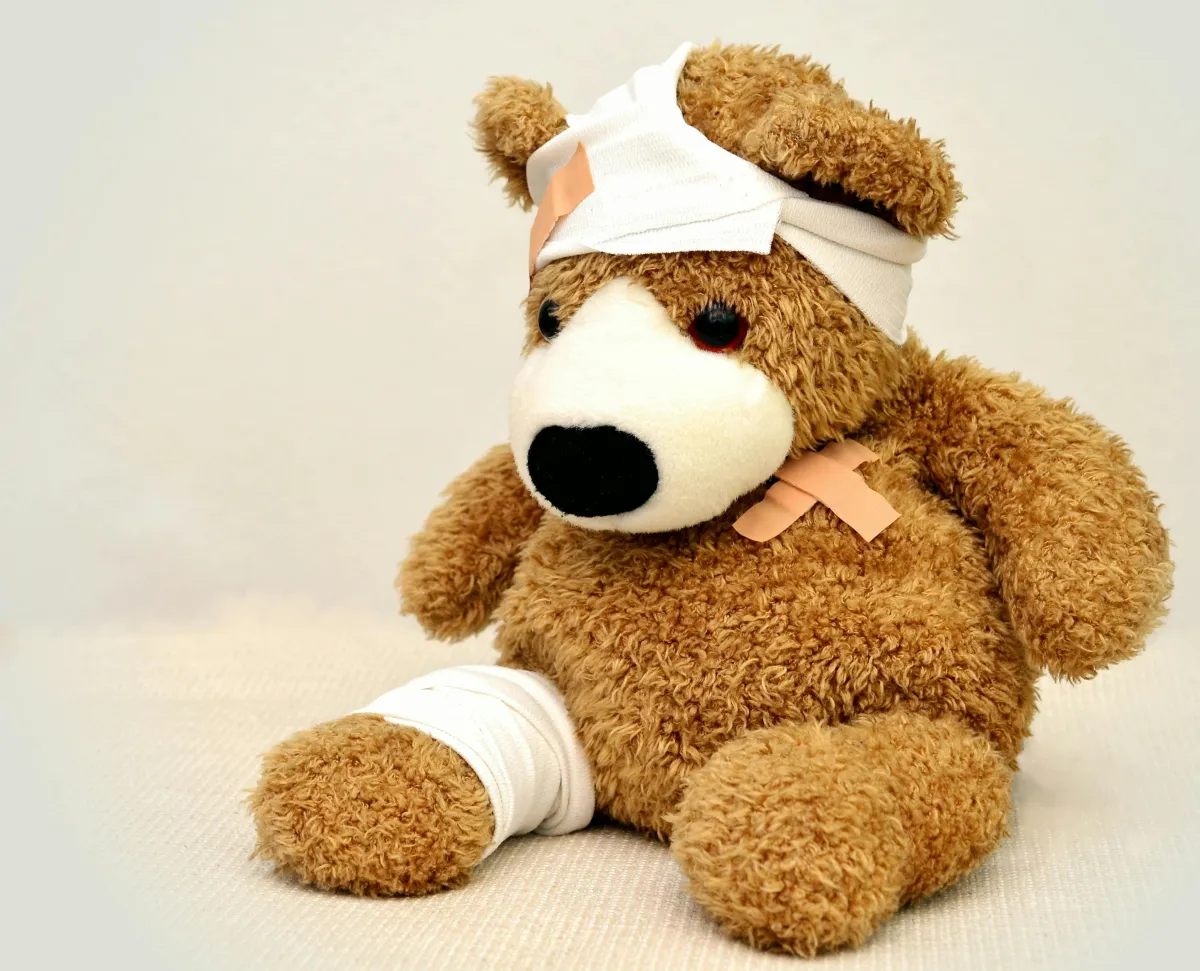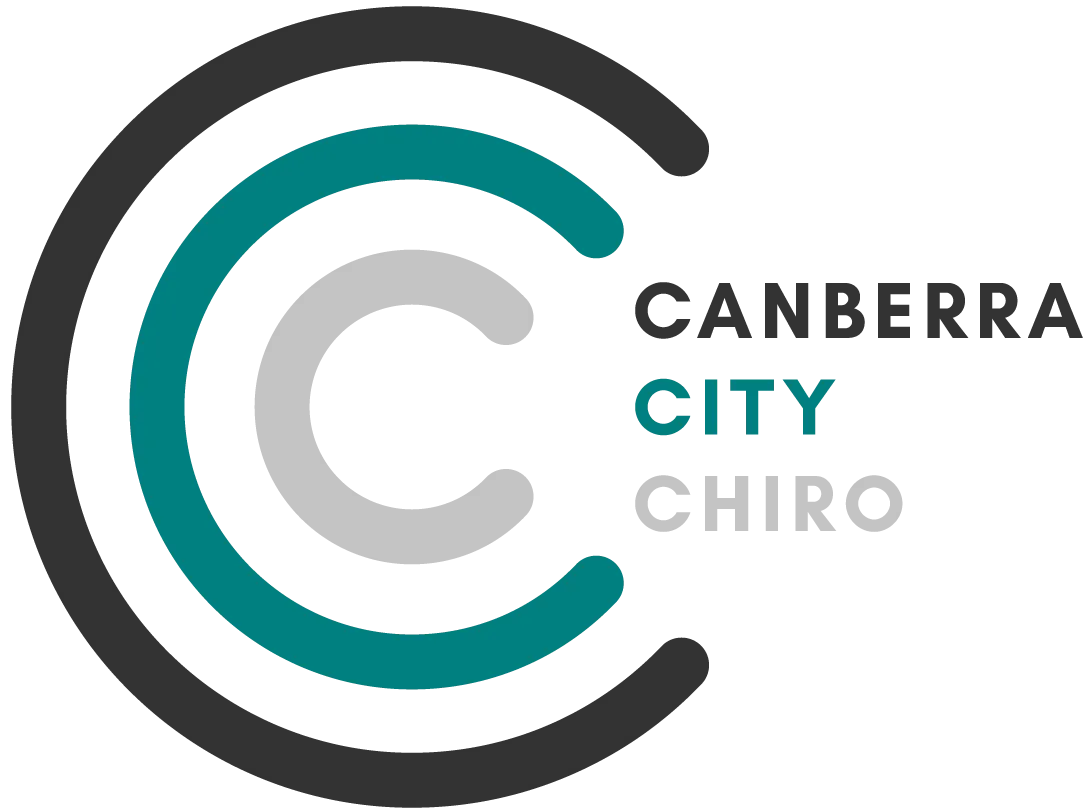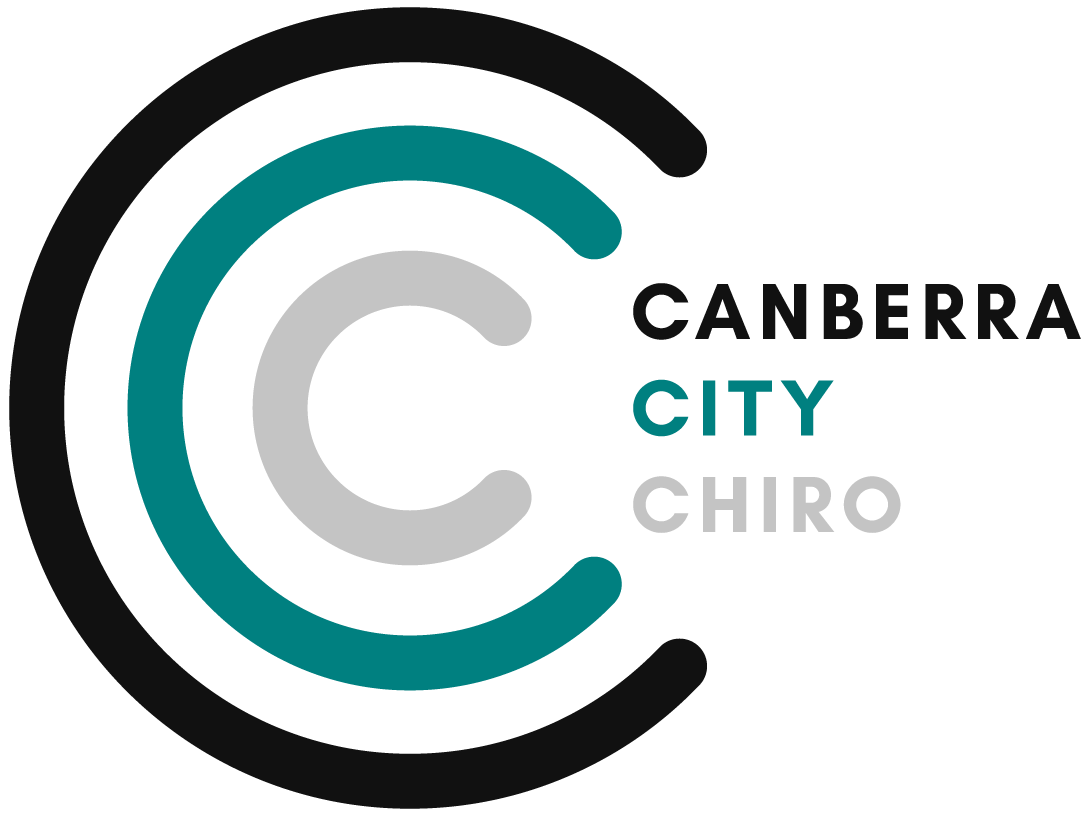Canberra Hypnotherapy Clinic,
Suite 2 42 Geils Ct, Deakin ACT 2600
(02) 6106 9977
Click "Contact Us" below
blog
More Information regarding your pain and how we can help

Pain Behind The Knee - Understand your Pain & Treatment
Pain Behind The Knee - Understand your Pain & Treatment
Pain behind the knee is a common condition that affects many people of all ages, genders, and activity levels. It can be caused by a variety of factors, including injury, overuse, and degenerative conditions. The pain can range from mild discomfort to severe pain that can interfere with daily activities. Understanding the causes, prevalence, and importance of addressing back of knee pain is essential to managing the condition and preventing long-term complications
Causes & Symptoms of Back of Knee Pain
Injury
ACL injury - An anterior cruciate ligament (ACL) injury is a common knee injury that can cause back of knee pain. It occurs when the ACL, which connects the thigh bone to the shinbone, is torn or sprained, often as a result of sports or other physical activities (1).
PCL Injury - The posterior cruciate ligament (PCL) is a strong band of tissue that connects the femur to the tibia in the knee joint. It is one of the four main ligaments that stabilize the knee joint and prevent excessive movement of the tibia. The PCL is located at the back of the knee joint and is thicker and stronger than the anterior cruciate ligament (ACL) that is located at the front of the knee joint (2).
Injury to the PCL is less common than ACL injuries, but it can occur during high-impact sports or accidents where the knee is hit forcefully from the front. Symptoms of a PCL injury may include pain, swelling, and instability in the knee joint.
Meniscus tear - A meniscus tear is another common knee injury that can cause back of knee pain. The meniscus is a piece of cartilage that provides cushioning between the thigh bone and shin bone. A tear can occur from twisting, bending, or overuse of the knee joint (3).
Hamstring strain - A hamstring strain is a common injury that can cause back of knee pain. It occurs when the muscles at the back of the thigh become strained or torn, often as a result of physical activity or sudden movements.
Symptoms - Sharp Pain (via knee popping or clicking sound), Stiffness in knee, Swelling
Sharp pain can be a symptom of various knee conditions such as meniscus tear or ACL injury. The sharp pain may be experienced during activities that require knee movement, and can be accompanied by a popping or clicking sound (4).

Overuse
Runner's knee - Runner's knee is a common overuse injury that can cause back of knee pain. It occurs when the cartilage under the kneecap becomes irritated or worn down from repeated stress, such as from running or jumping (5).
Patellar tendinitis - Patellar tendinitis is another overuse injury that can cause back of knee pain. It occurs when the patellar tendon, which connects the kneecap to the shinbone, becomes inflamed or irritated from repetitive stress, such as from running or jumping (6).
Symptoms - Kneecap Irritation, knee pain, swelling, stiffness
Arthritis
Osteoarthritis - Osteoarthritis is a degenerative joint condition that can cause back of knee pain. It occurs when the protective cartilage in the knee joint wears down over time, leading to bone-on-bone contact and inflammation (7).
Rheumatoid arthritis - Rheumatoid arthritis is an autoimmune condition that can cause inflammation and pain in multiple joints, including the knee. It can lead to cartilage and bone damage, causing back of knee pain (8).
Symptoms - Swelling, redness in the knee and stiffness
Gout
Gout is a type of inflammatory arthritis that can cause pain and swelling in various joints, including the knee. It is caused by the buildup of uric acid crystals in the joint, leading to inflammation and pain. Risk factors for gout include high levels of uric acid in the blood, obesity, high blood pressure, and certain medications (9).
Baker's Cyst
A Baker's cyst is a fluid-filled sac that forms behind the knee, usually as a result of another knee condition such as osteoarthritis or a meniscus tear. It can cause pain and stiffness in the knee and may require treatment if it becomes large or painful. Treatment options include aspiration (draining the fluid), corticosteroid injections, or surgery in rare cases (4).
Deep Vein Thrombosis
Deep vein thrombosis (DVT) is a serious condition in which a blood clot forms in a deep vein, usually in the leg. It can cause swelling, pain, and redness in the affected area and can lead to complications such as pulmonary embolism if the clot breaks loose and travels to the lungs. Risk factors for DVT include prolonged immobility, surgery, cancer, and certain medications. Treatment options include blood thinners and compression stockings (10).

Treatment Options for Back of Knee Pain
Rest, Ice and Heat
Rest, ice and heat are often recommended as the first line of treatment for knee pain (11). This approach can help to reduce pain and inflammation in the joint. Ice can be applied for 20-30 minutes at a time, several times a day, while rest can help to reduce stress on the joint.
Physical therapy
Physical therapy can help to strengthen the muscles around the knee joint, improving stability and reducing pain (12). This can include exercises to improve range of motion, strengthen the quadriceps, and improve balance.
Medications
Medications can also be used to manage knee pain. Pain relievers such as acetaminophen and ibuprofen can help to reduce pain, while anti-inflammatory drugs such as naproxen and aspirin can help to reduce inflammation (12).
Injections
Injections can also be used to manage knee pain. Corticosteroid injections can help to reduce inflammation and pain, while hyaluronic acid injections can help to improve joint lubrication and reduce friction (13).
Surgery
In some cases, surgery may be necessary to treat knee pain. Knee arthroscopy can be used to repair damaged cartilage or remove loose fragments from the joint, while knee replacement surgery may be necessary for severe cases of arthritis or joint damage (12).
Conclusion
In conclusion, knee pain can be caused by a variety of factors, including injury, overuse, arthritis, gout, Baker's cyst, and deep vein thrombosis. Symptoms may include sharp pain, stiffness, swelling, redness, or numbness and tingling. Treatment options range from rest and ice to physical therapy, medications, injections, and surgery. It is important to consult a healthcare professional for a proper diagnosis and to develop an appropriate treatment plan. With the right care, many cases of knee pain can be successfully managed and improved, allowing individuals to maintain an active and healthy lifestyle.
References
Katz, J. W., & Fingeroth, R. J. (2015). The knee: ligament and meniscal injuries. The American Journal of Medicine, 128(3), 311-318.
LaPrade, R. F., Kennedy, N. I., & Wijdicks, C. A. (2016). Anatomy and function of the posterior cruciate ligament. Sports medicine and arthroscopy review, 24(3), 61-66.
Fairbank, T. J. (1948). Knee joint changes after meniscectomy. The Journal of Bone and Joint Surgery. British volume, 30-B(4), 664-670.
Friedrich, J. B., Waldrop, R., Hammond, E. R., Hinton, R. Y., & Moorman, C. T. (2020). Baker's cyst. StatPearls [Internet]. https://www.ncbi.nlm.nih.gov/books/NBK448141/
Bolgla, L. A., & Malone, T. R. (2004). Plantar fasciitis and the windlass mechanism: a biomechanical link to clinical practice. Journal of Athletic Training, 39(1), 77-82.
Lian, O., Engebretsen, L., Bahr, R., & Vaage, O. (2006). Anatomy and biomechanics of the patellar tendon. Orthopedic Clinics of North America, 37(1), 59-66.
Muthuri, S. G., McWilliams, D. F., Doherty, M., Zhang, W., & Muir, K. (2013). History of knee injuries and knee osteoarthritis: a meta-analysis of observational studies. Osteoarthritis and Cartilage, 21(9), 1286-1293.
Uhlig, T., & Kvien, T. K. (1999). Does the disease activity score in 28 joints (DAS28) equally represent different areas of the joint in the assessment of rheumatoid arthritis?. Annals of the Rheumatic Diseases, 58(8), 461-463.
Hershfield, H. E. (2017). Gout. New England Journal of Medicine, 376(5), 496-496.
Kearon, C., Akl, E. A., Ornelas, J., Blaivas, A., Jimenez, D., Bounameaux, H., ... & Schulman, S. (2016). Antithrombotic therapy for VTE disease: CHEST guideline and expert panel report. Chest, 149(2), 315-352.
Bhatia, D., & Bejarano, T. (2013). Conservative treatment of anterior knee pain: a review of the current evidence. The open orthopaedics journal, 7, 444-448.
McAlindon, T. E., Bannuru, R. R., Sullivan, M. C., Arden, N. K., Berenbaum, F., Bierma-Zeinstra, S. M., ... & Kwoh, K. (2014). OARSI guidelines for the non-surgical management of knee osteoarthritis. Osteoarthritis and Cartilage, 22(3), 363-388.
Singh, J. A., Noorbaloochi, S., MacDonald, R., & Maxwell, L. J. (2015). Chondroitin for osteoarthritis. The Cochrane Library.
CONDITIONS WE TREAT

Back pain
We manage both acute and chronic back Issues. Let us help you to live your best life

Leg/knee pain
We have experience in treating ACL/MCL tears, tendon injuries, osteo-arthritis, and patellofemoral pain syndrome

Work injuries
We accept worker's compensation referrals, DVA referrals and EPC referrals from the GP

Sciatica
Sciatica often originates from lower spinal disease and issues. We can often diagnose the pain and help manage it.

Sports & gym-related injuries
We have a special interest in sports and exercise medicine. Our goal is to help you recover from sports-related injuries and prevent future flare-ups that may slow you down.

Ankle pain
We offer Kinesio and rigid taping for ankles. Rehab and postural advice can also be given to help you heal from your ankle injury.

Hip pain
Hip Bursitis, hip osteoarthritis and piriformis syndrome are debilitating conditions. Don't let it affect your life, let us help.

Headaches & NEck Pain
We have a special interest in treating neck pain headaches of all types. We have a special interest on the success of Chiropractic adjustments for cervicogenic headaches.

Numbness & tingling
Numbness and tingling in your limbs can point to larger more serious issues. It usually means a vessel or nerve is irritated.
HOW WE CARE FOR YOU
Helping you achieve better health and performance
Personalised Treatment
You will discuss a fully individualised treatment plan with your chiropractor.
Long Appts AVAILABLE
Your first appointment will run up to 1 hour giving you all the time you need and we have the option to book longer follow-up appointments.
Experienced Staff
Our clinicians are trained and certified in spinal manipulation, rehab and taping.
advanced Clinic
Our clinic is equipped with the tools to get you better!
Part of your Network
We will work closely with all your health practitioners.
Therapy Goals
Setting goals is the best way to enjoy a successful outcome.
In pain? Don't let it Drag you down.
Book An Appointment Today!

Canberra City Chiropractic is located in the Deakin medical district. The clinic is located within Canberra Hypnotherapy Clinic. We have access to the latest manual therapy technologies as well as a waiting area for patients.
Get in touch
Ph: (02) 6106 9977
Fax: (02) 6291 3140
Address: Canberra Hypnotherapy Clinic,
Suite 2 42 Geils Ct, Deakin 2600 ACT
Opening Hours
Monday: Closed
Tuesday: 8:30am - 12:00pm
Wednesday: 8:30am - 6:00pm
Friday: 2:00pm- 6:00pm
Weekends: Closed
© Copyright 2025 Canberra City Chiropractic, trading as "Canberra City Chiro" | All Rights Reserved
